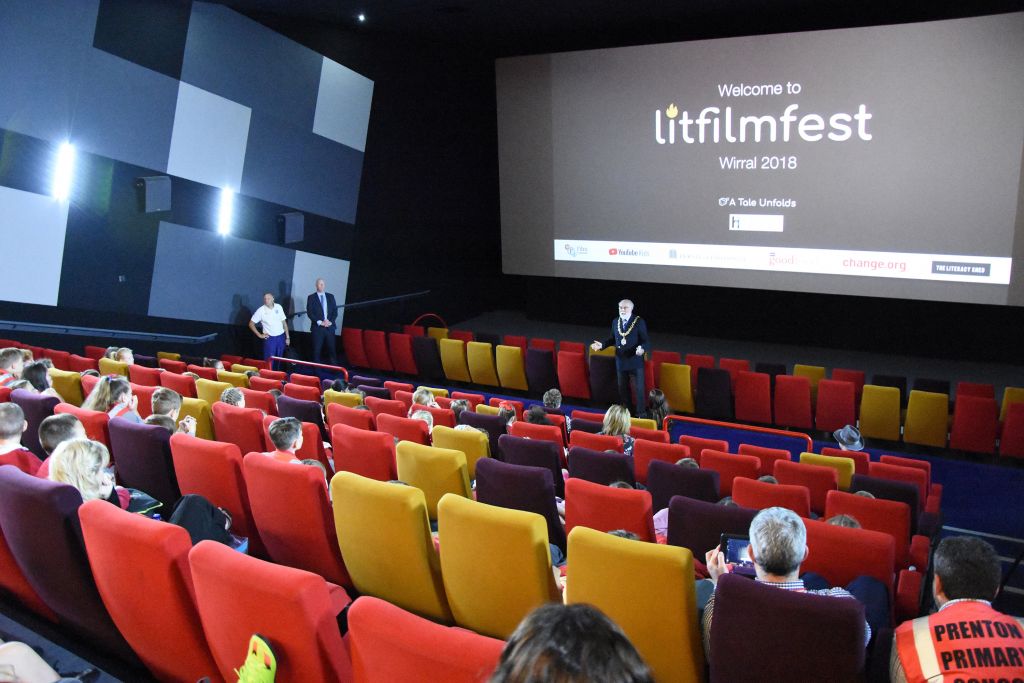How to Create a Curriculum Full of Intent

Intent, along with its friends, implementation and impact are words that I’m sure many of you have now become very familiar with. They have become an integral addition to the teachers ‘deeper vocabulary list’ as they make sure that their school’s curriculum is primed and ready for their next Ofsted visit. Here we take a closer look at curriculum intent and how to get that lovely broadness and balance we are looking for.
With the new changes to the Ofsted framework now in effect, as of September 2019, many schools have been busily creating, redrafting and overhauling whole-school curriculums to make sure they exude curriculum intent and are broad and balanced. At hi-impact consultancy, creating a broad and balanced curriculum is something that we feel we have been aiding schools with for many years now.
hi-impact consultancy has computing at the heart of everything it does. It is the foundation on which our work, and support for schools, is built upon. However, similar to LitFilmFest, we understand the power of cross curricular teaching and learning. The school curriculum should be an interwoven tapestry of experiences and opportunities for children to grow, teachers to explore and all subjects areas to have equal breathing space. Occasionally, some lessons or objectives will need to be taught discretely (at this point I am not going to give any examples as I feel that has the potential to open up a very subjective can of worms) but on the whole, I’m sure many of you would agree that a cross curricular approach leads to a more balanced and broad curriculum.
In regards to curriculum intent, school curriculums and the curriculum maps we produce for schools aim to connect the dots between different subjects and topics. To give children as many opportunities as possible. Just like the LitFilmFest projects, hi-impact consultancy curriculum maps look to identify opportunities where different subjects and lesson objectives can be combined to create engaging and multi-layered projects and lessons. Teachers are fighting the constant battle of having enough time to fit everything in. When time gets tight certain subjects and objectives fall down the pecking order or get left behind completely.You know which ones these are. If we are trying to create a broad curriculum, teachers need to be more savvy with their lesson creation by combining multiple learning points into the same experience. At hi-impact consultancy and LitFilmFest we have made the connections between subjects already for you.

Let’s take one example. In a half term a teacher needs to teach, Ancient Greece, persuasive writing and multimedia skills. Instead of teaching these as stand alone lessons, we hit them as an overlapping project. By creating a multimedia digital presentation about why Spartans are better than Athenians (or vice versa, I’m not picking sides) we can hit upon skills and objectives from the three subject areas of History, English and Computing.
This approach to creating a school curriculum allows more creativity and gives teachers, and their pupils, more freedom in how they learn. It gives teachers a better chance of covering all the objectives they need to in the allotted time they have been given (generally not long enough). Most of all, it allows pupils to better understand how different subjects and concepts overlap and intertwine. To make links in their own learning; not only in school but in life as a whole.
Huge thanks to Ian from Hi-Impact for this guest post. Hi-impact Consultancy is an expert provider of innovative technology and media services across the education sector, and work to help guide schools through LitFilmFest projects in the north of the UK.











